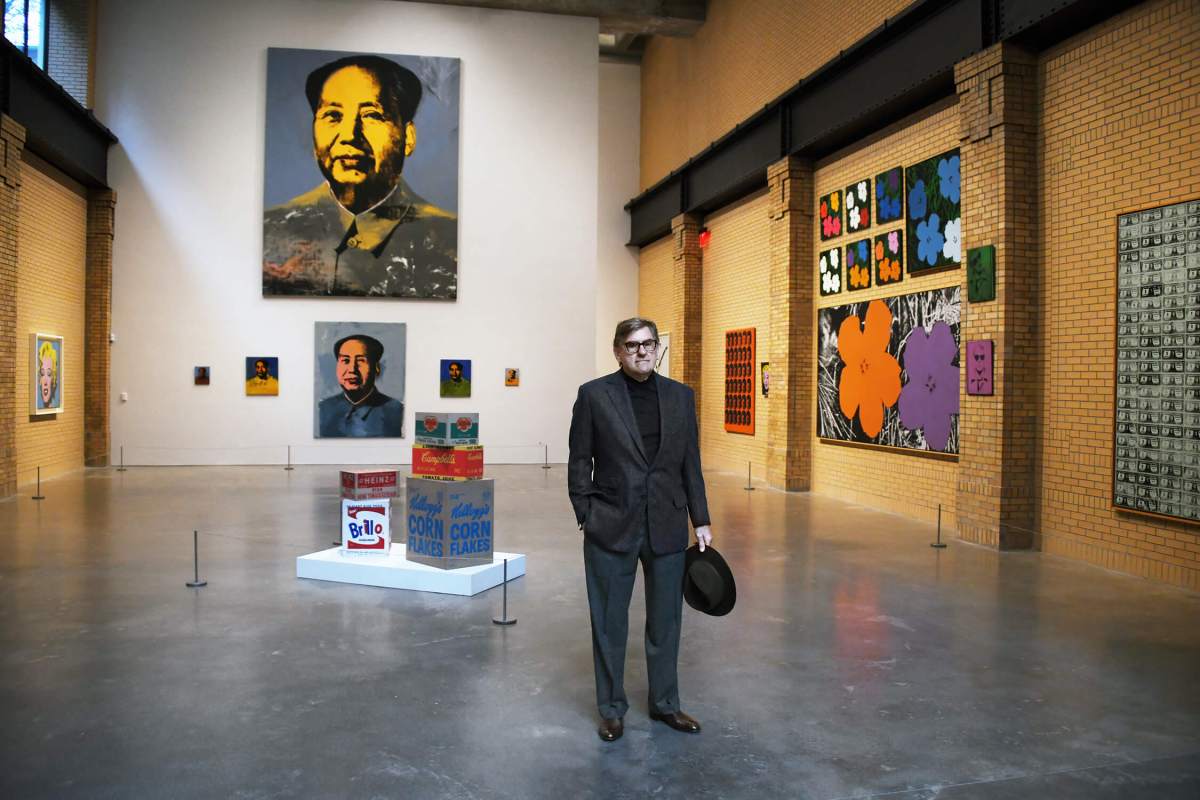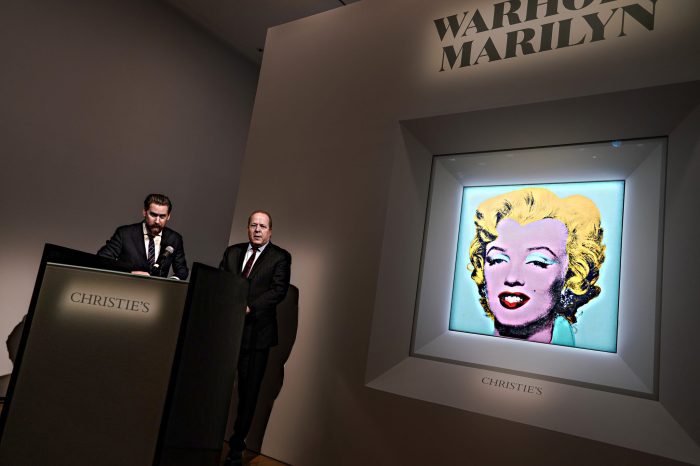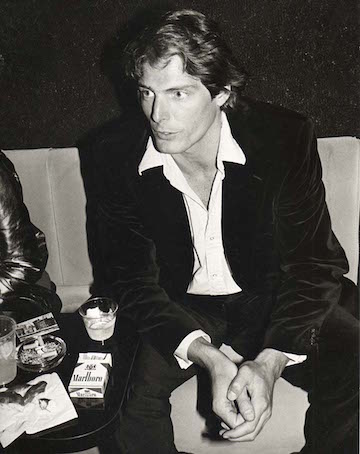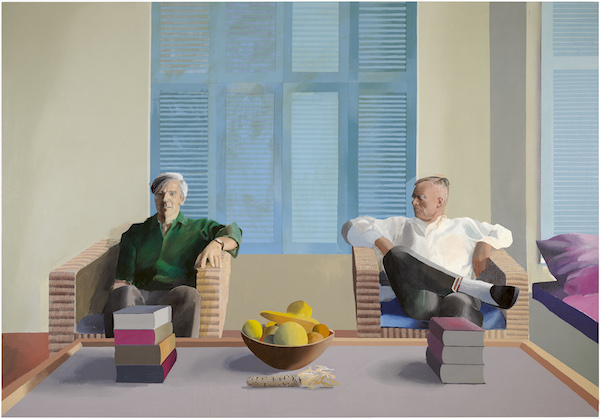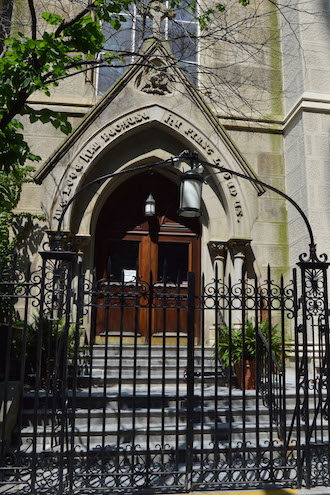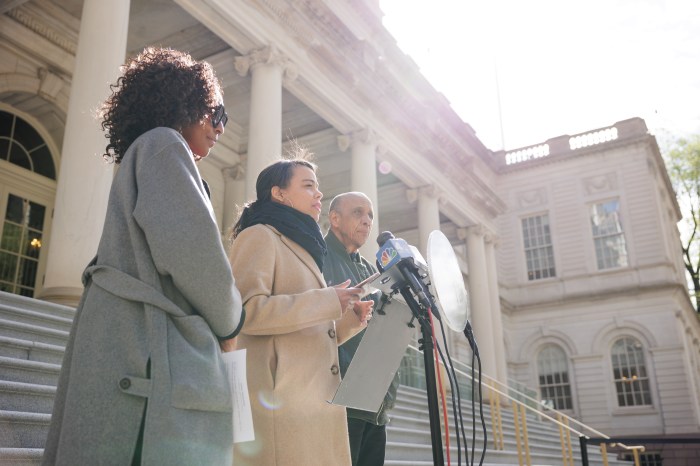Your first thought before entering the latest show in the East Village outpost of the Brant Foundation might be, “Um, okay, it’s another Andy Warhol exhibit.” Your next thought, after entering, will be “Wow, I never get tired of Andy Warhol!”
Neither does Peter Brant, possibly the greatest collector of Warhol’s work. The new show, which follows the successful mountings of shows by Jean-Michel Basquiat and Julian Schnabel, is titled “Thirty Are Better Than One” after the 1963 piece that repeats an image of the Mona Lisa in black and white.
It’s Brant’s favorite piece in the exhibit, which consists of over 100 pieces that are drawn almost entirely from his own collection. “It links the Renaissance to Duchamp,” he notes.
Other works on the walls that he is particularly fond of are the “Red Elvis” and the first Warhol that he ever purchased, a drawing of Campbell’s soup cans executed with crayons and pencil in 1962. All periods and media are represented, from drawings, silkscreens, and sculptures to Polaroids and an example of the “Oxidation” series, accomplished through the use of a common bodily fluid contributed by his various assistants.
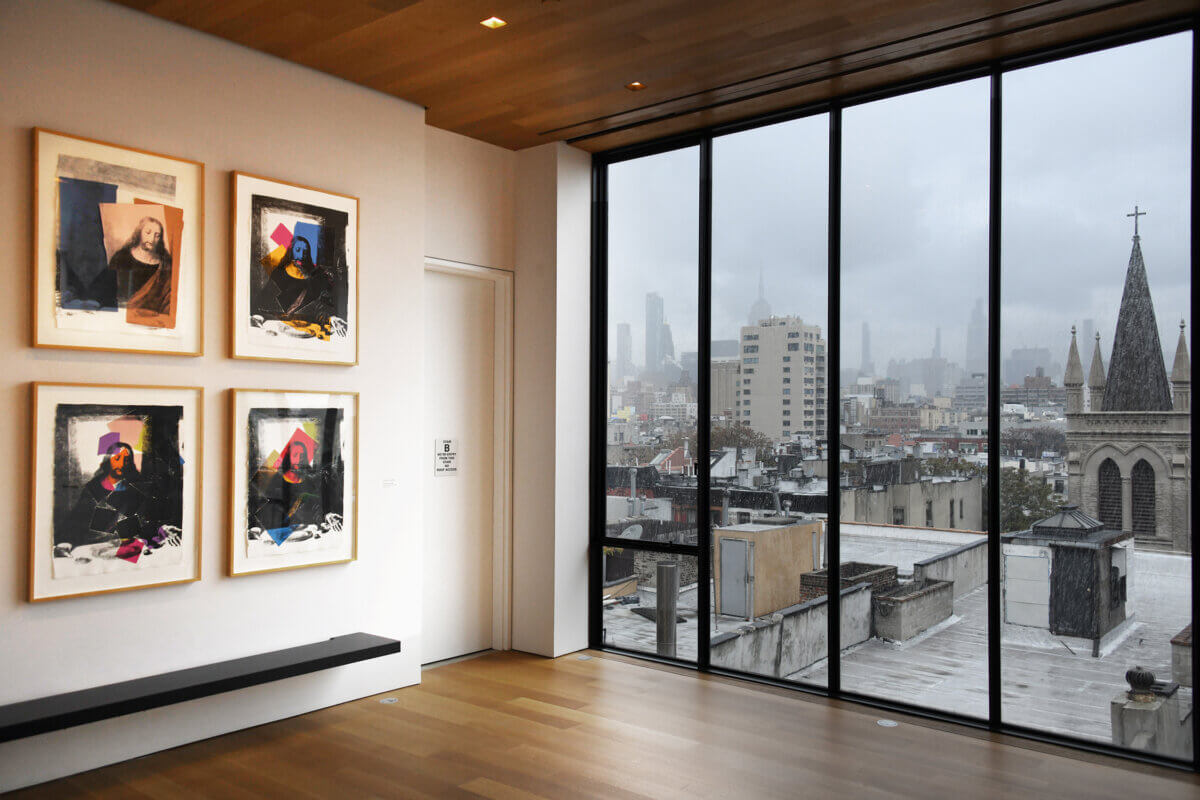
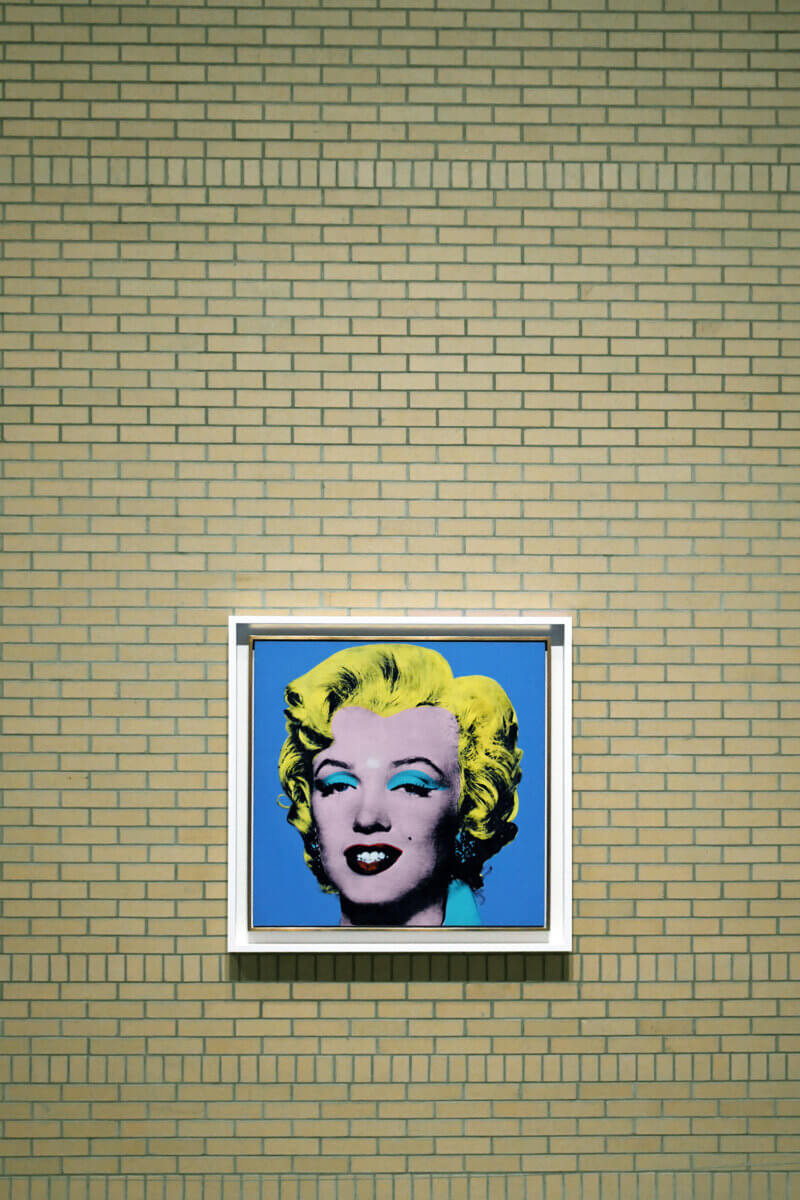
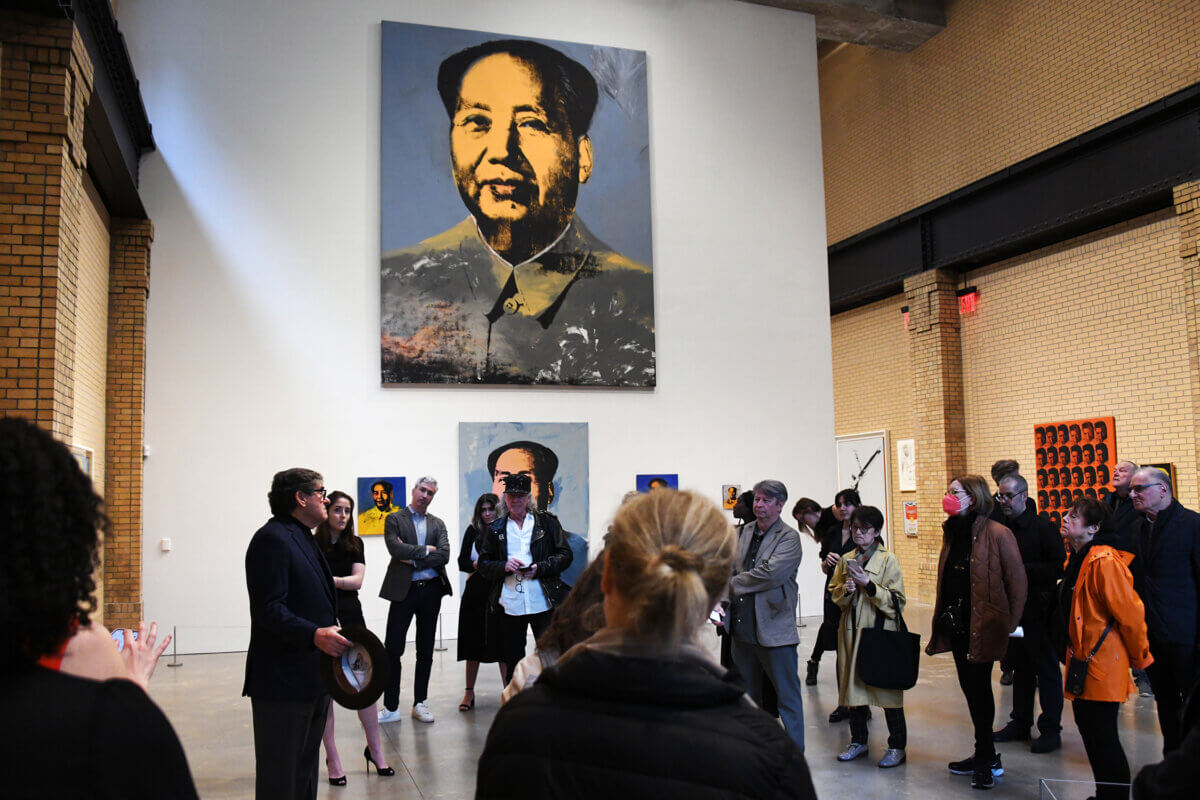
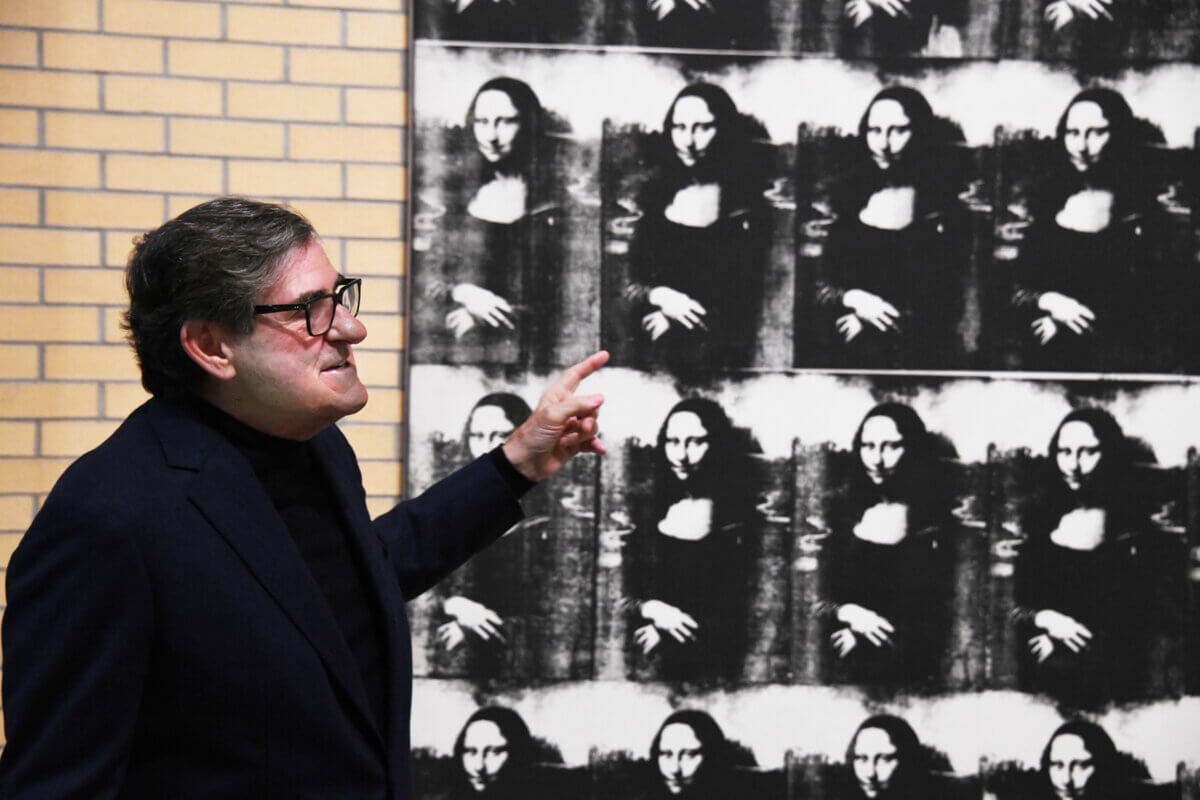
The only piece on view that doesn’t belong to Brant was once in his collection. The large “Mao” (approximately 12 feet by 15 feet) was donated by the collector to the Metropolitan Museum of Art in 1977, but it wasn’t a case of the institution standing on his doorstep hoping for a contribution. It was more like, “Take my Warhol, please!”
Brant explained to the preview audience last week that he offered it to the Met and they initially turned it down, so he “sweetened the pot” with an early Dan Flavin single light sculpture and another Warhol — a flower painting — but they still said no. Henry Geldzahler, who was working for the museum at the time, suggested that Brant throw in something from his Art Deco collection, so an additional donation of some Dunand furniture and Christofle glass convinced the Met to say yes.
Then, Brant added, there was the matter of the tax deduction. Brant claimed that “Mao” was worth $100,000. The IRS said nope, $60,000 tops. A smaller “Mao” from the series sold a few years back for $47.5 million.
Brant has sold pieces in order to buy others and has occasionally bought back works that he once owned, such as the “Red Elvis” seen on the second floor. He notes that “if I could put together a collection of the best of what I’ve sold, it would be one of the greatest collections in the world.” But, Brant explains, the bottom line of wheeling and dealing is not what it’s all about.
Although he admits to the financial acuity involved in his preoccupation, he muses that “collecting is about passion more than intelligence … it’s your passion that drives you when you know something is great.”
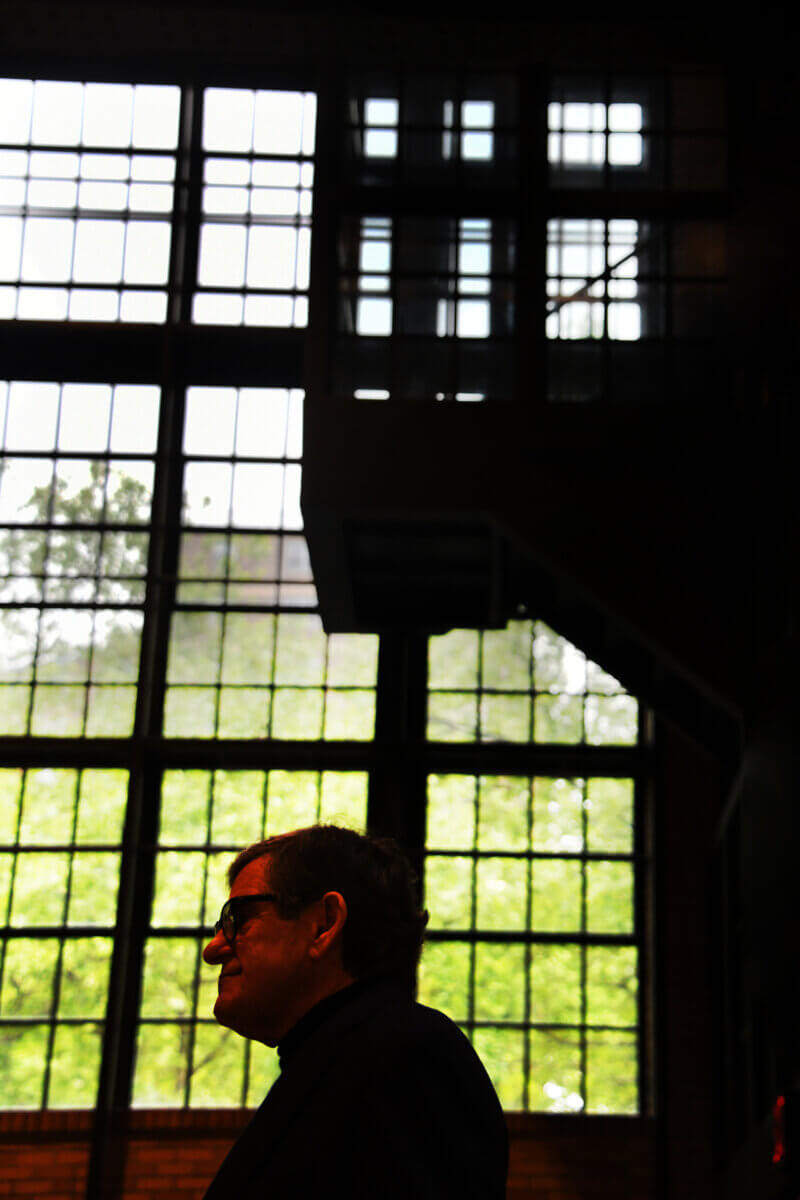
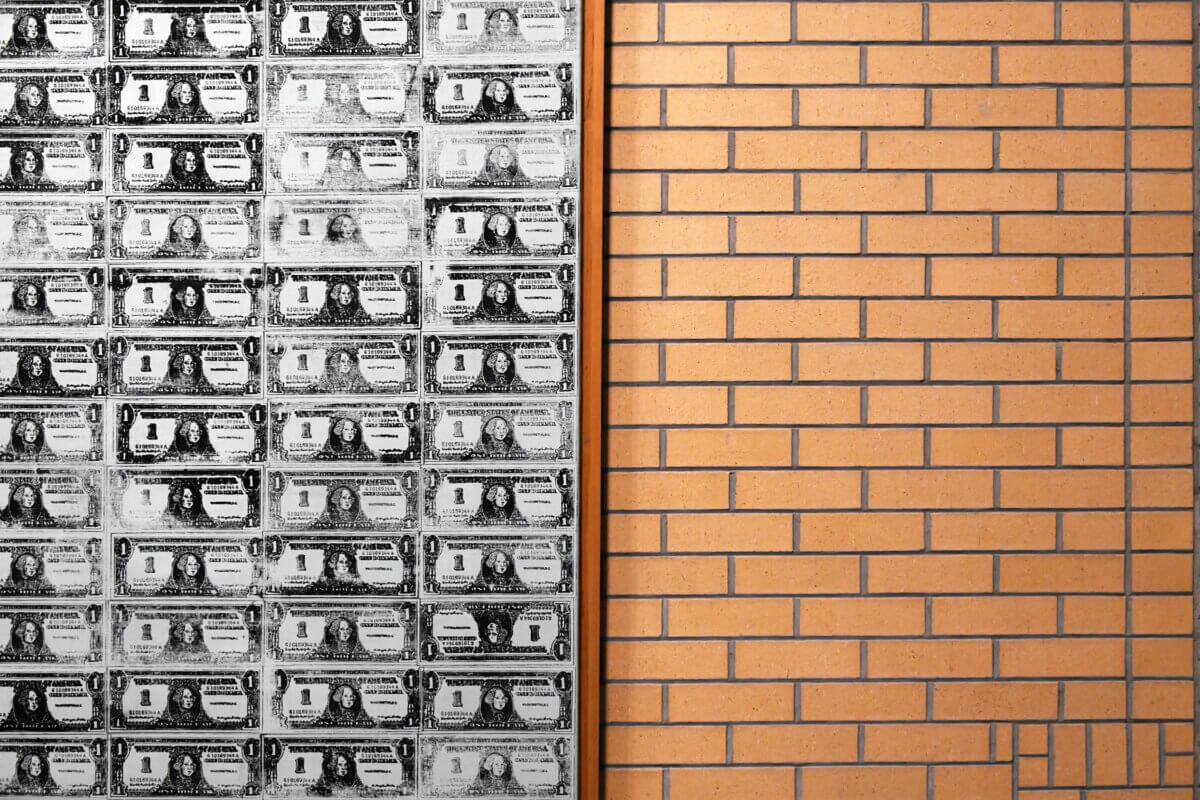
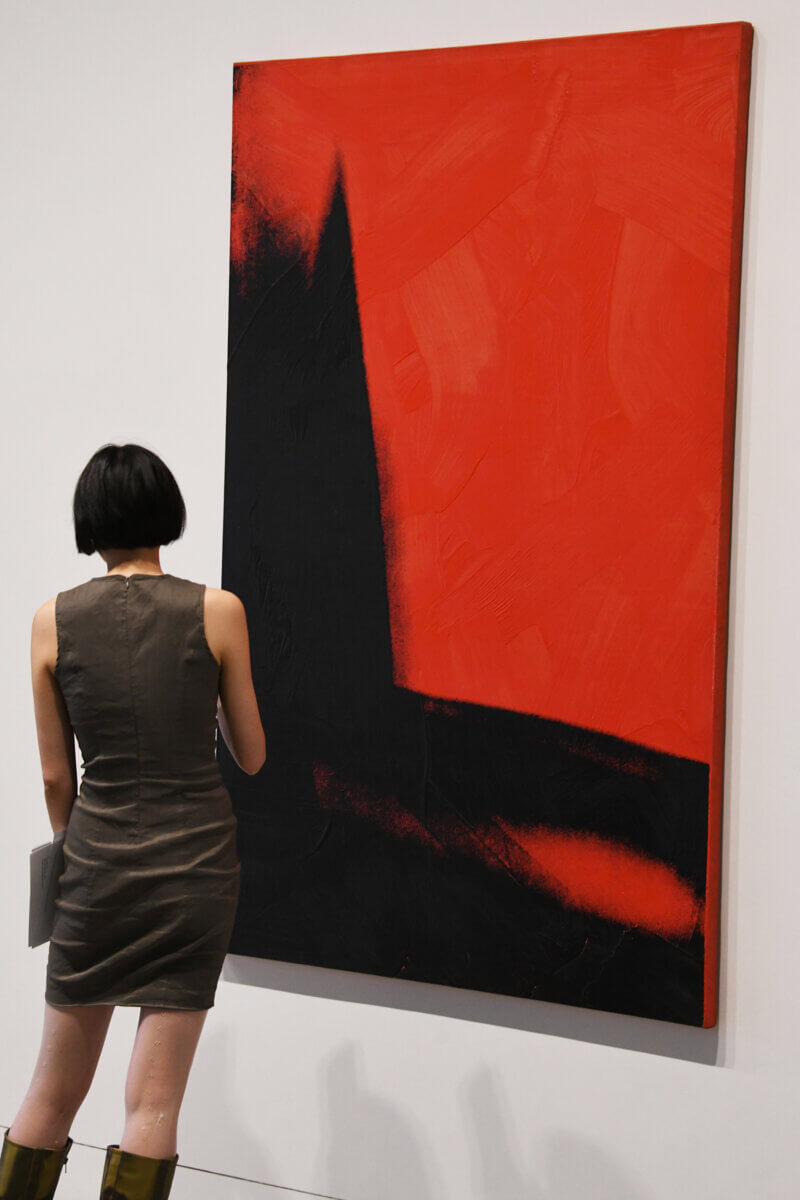
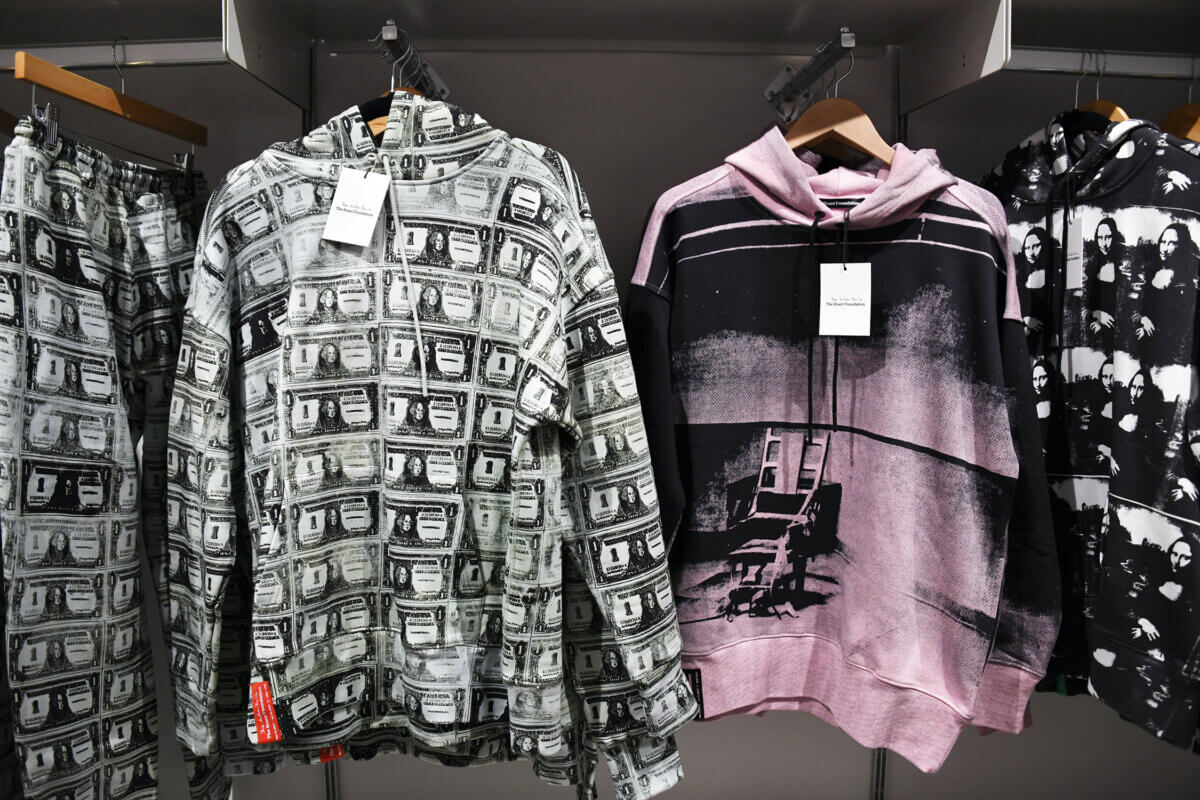
If your passion for Warhol lacks the necessary monetary resources to obtain an original, you can always take something away from the gift shop.
Items created by The Brant Foundation in collaboration with The Warhol Foundation include t-shirts, hoodies and yoga mats and are only available at the physical store, although they do take phone orders. It should be noted that admission to the shop is free.
Last thought, upon leaving: I consider the words of Brant, who confirms that he never gets tired of Warhol either.
“How can you?” he asks. “He’s a master, like Picasso. Everything he does is great.”
Info can be found at brantfoundation.org.



